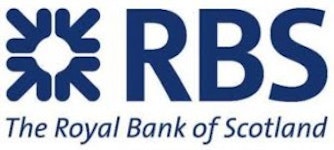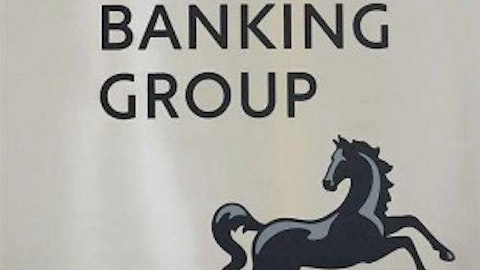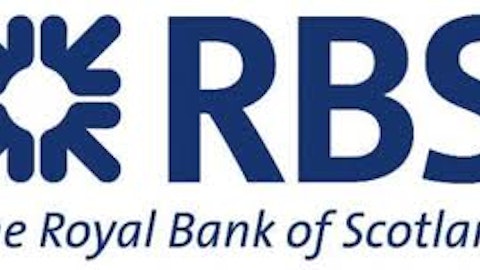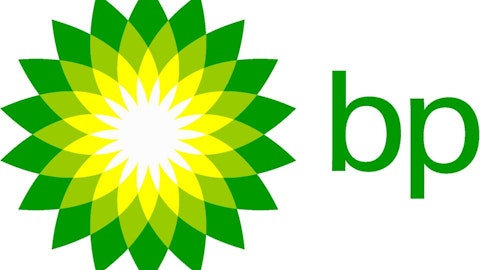
I believe that both banks will eventually recover and that it’s only a question of time until the government sells its shareholdings back into the private sector.
Today, I’m going to look at both banks to see which offers the greater potential for new investors.
RBS vs. Lloyds
I’m going to start with a look at a few key statistics that can be used to provide a quick comparison of these two companies, based on their 2012 results:
| RBS | Lloyds | |
|---|---|---|
| Price to tangible book value | 0.69 | 0.94 |
| Core Tier 1 ratio | 10.3% | 12% |
| Group net interest margin | 1.93% | 1.93% |
| Group loan to deposit ratio | 100% | 121% |
Royal Bank of Scotland Group plc (ADR) (NYSE:RBS) remains — in theory at least — a strong value play, trading at around 69% of its tangible asset value, whereas Lloyds’ share price has pretty much caught up with its book value, leaving very little upside in this area.
However, both banks are continuing to sell off non-core assets, and Royal Bank of Scotland Group plc (ADR) (NYSE:RBS) especially is likely to do more in this area over the next year, meaning the underlying book value of the business could shrink further.
Looking at the other statistics, Lloyds Banking Group PLC (ADR)(NYSE:LYG) has moved ahead of RBS with a substantially higher core tier 1 ratio and a stronger group loan to deposit ratio, which gives it the ability to extend its lending when attractive opportunities arise, without compromising the security of its balance sheet.
What’s next?
Are the trends we identified above about to change, or should we expect more of the same?
Analysts’ forecasts are notoriously unreliable, but FTSE 100 companies generally get the benefit of the most comprehensive analysis, and tend to deliver fewer surprises than smaller companies.
With that in mind, let’s take a look at some forward-looking numbers for RBS and Lloyds Banking Group PLC (ADR)(NYSE:LYG). These apply to the companies’ 2013 financial years:
| RBS | Lloyds | |
|---|---|---|
| Forecast P/E ratio | 12.8 | 11.3 |
| Forecast dividend yield | 0.4% | 0.6% |
| Forecast earnings per share | 24p | 4.5p |
These figures, which are based on the companies’ guidance figures and analysts’ consensus forecasts, suggest that both banks are expected to return to profit in 2013, ending the run of impairments and exceptional charges that drove both of them into the red in 2012.
Analysts are also hoping that dividend payments will begin — although even if it is financially prudent, this will be a politically sensitive subject, and I wouldn’t be surprised if dividends get postponed until 2014.
Which share should I buy?
For me, the main point in buying RBS or Lloyds is because you want to profit from the recovery potential of the shares. If you want to invest in a healthy, dividend-paying bank, then you are more likely to buy Barclays PLC (ADR) (NYSE:BCS), HSBC Holdings plc (ADR) (NYSE:HBC), or Standard Chartered PLC (LON:STAN) instead.
On this basis, I would buy RBS, because its less advanced recovery makes it a more compelling value opportunity than Lloyds — even though it could still suffer further problems on its route back to full health.
The article Should I Buy Royal Bank of Scotland or Lloyds Banking Group? originally appeared on Fool.com and is written by Roland Head.
Roland owns shares in HSBC but does not own shares in any of the other companies mentioned in this article. The Motley Fool owns shares in Standard Chartered.
Copyright © 1995 – 2013 The Motley Fool, LLC. All rights reserved. The Motley Fool has a disclosure policy.



